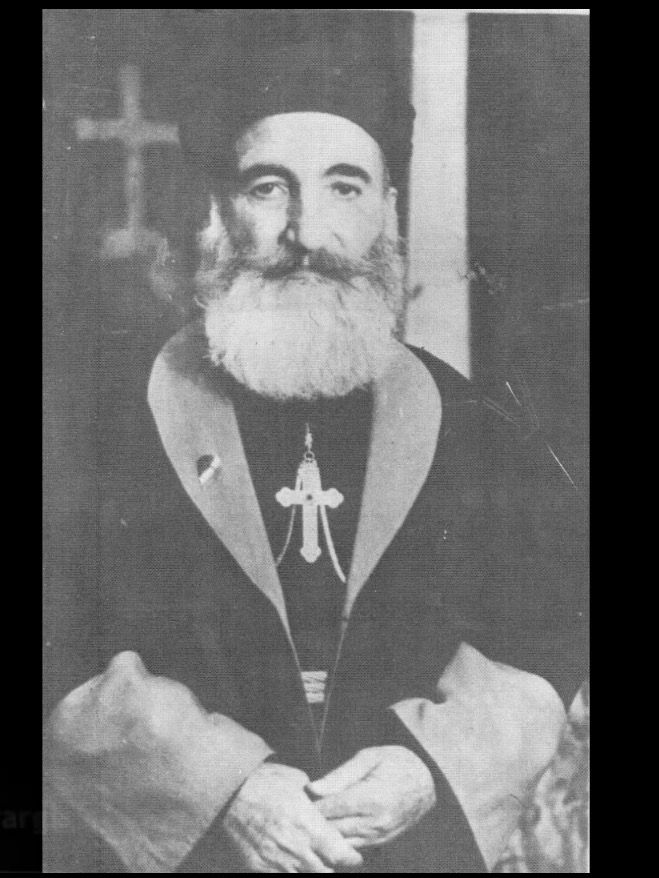The Assyrian Church of the East stands as a monument to the enduring legacy of Christian faith, intertwining history, culture, and theology in ways that offer rich insights into the broader Christian narrative. This ancient church, often overshadowed by more prominent denominations, provides a distinct perspective on Christian doctrine and practice, showcasing the diversity within the Christian tradition. Its roots trace back to the early centuries of Christianity, particularly to the region of Assyria, which is present-day Iraq, but its influence has permeated various cultures and nations, including the diaspore in the West.
To comprehend the significance of the Assyrian Church of the East, one must first explore its origins. Emerging from the early Christian communities established by the apostles, notably St. Thomas and St. Thaddeus, the church claims apostolic succession, asserting a direct line of leadership stemming from these early evangelists. This aspect identity is crucial, as it emphasizes a lineage of faith that is both historically and theologically rich. The church was an early proponent of missionary work, sending adherents into Asia, and thus, significantly contributing to the spread of Christianity beyond its initial geographic confines.
One hallmark of the Assyrian Church is its unique liturgical practices and theological nuances. The liturgy, conducted in the ancient Syriac language, reflects a tapestry of ancient traditions echoing the texts and rites that shaped early Christian worship. Its theological framework derives from the teachings of the Church Fathers, particularly from the perspectives of Nestorius, a pivotal figure whose theological positions would later be deemed controversial. Nestorianism, as it came to be known, emphasized the duality of Christ’s nature but was also met with our critical scrutiny by other Christian traditions, leading to broader theological dialogues and debates.
Central to the Assyrian Church’s identity is its christological understanding. The belief in the two natures of Christ—divine and human—articulated by Nestorius, is still at the heart of its doctrine. This viewpoint invites reflection on the nature of Christ and humanity’s relationship with the divine. The church’s Christology cultivates an understanding that is not merely abstract; it engages with the complexities of existence, suffering, and redemption. This profound interpretation serves to deepen one’s appreciation for the intricacies of how faith interacts with the realities of the human experience.
Another essential aspect of the Assyrian Church of the East is its ecclesiastical structure. Governed by a Patriarch, the church emphasizes the importance of apostolic succession in maintaining doctrinal integrity and spiritual authority. This hierarchical model ensures that the church remains tethered to its historical roots while navigating contemporary challenges. However, the church also faces modern issues of governance and cultural identity, especially in the wake of diaspora and the challenges posed by geopolitical strife in the Middle East. Ongoing conflicts have led to significant displacement of Assyrian Christians, raising questions about community resilience and identity preservation amidst changing sociopolitical landscapes.
The Assyrian Church’s commitment to ecumenical dialogue reflects its broader vision for unity among Christians. Though historically marginalized and often misunderstood, the church actively engages with other Christian denominations to foster understanding and collaboration. This willingness to participate in ecumenical discussions signals a hopeful commitment to overcoming doctrinal divisions and working towards a united Christian witness in the world. Such dialogue facilitates curiosity, inviting those outside the tradition to explore varying understandings of Christian theology and practice without prejudice.
The preservation of cultural identity is inherently intertwined with the church’s mission. Assyrian Christians have maintained their distinct language, art, and traditions through centuries of upheaval. Their rich liturgical heritage, characterized by intricate poetry and evocative melodies, serves not only as an act of worship but also as a vessel for cultural expression. This interplay of faith and culture creates a dynamic spiritual landscape, wherein traditional practices offer a counter-narrative to modern secularization. In this light, the Assyrian Church participates in a broader theological conversation about how faith can inform and shape cultural identity, enriching the Christian dialogue.
Moreover, the Assyrian Church of the East embodies a profound witness to resilience and perseverance. Throughout history, members of the church have encountered persecution, forced migration, and existential threats to their communities. Yet, they have continued to cling to their faith, often embodying the teachings of Christ in ways that emphasize love, charity, and hope. This aspect of their narrative invites profound questions about faith under trial and how communities respond to suffering. The church’s ability to flourish amidst adversity can inspire Christians worldwide to find strength in their own trials and deepen their commitment to communal identity and spiritual growth.
Curiosity about the Assyrian Church of the East invites deeper exploration into a tradition that has shaped the Christian story in significant ways. Its unique liturgical expressions, diverse theological stances, and cultural legacies encourage engagement with a faith that is both ancient and remarkably contemporary. In a world characterized by division, the Assyrian Church offers models of resilience, dialogue, and cultural richness that can inform and enrich the Christian community as a whole. As one ventures into the heart of this ancient faith tradition, what emerges is not only historical insight but also an invitation to witness God’s continued work in the world through the ongoing legacy of the Assyrian Church of the East.



